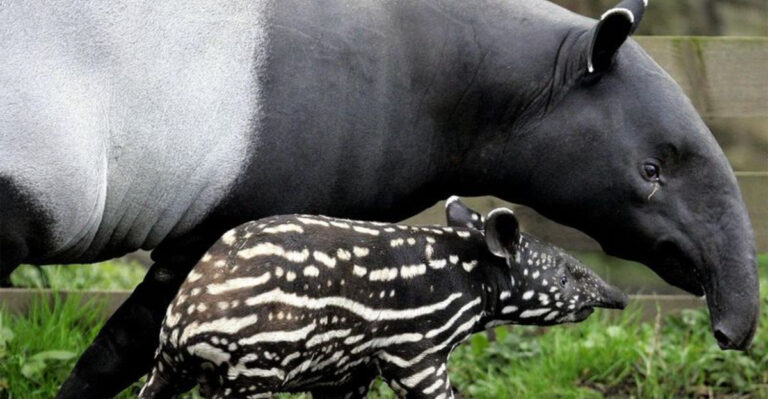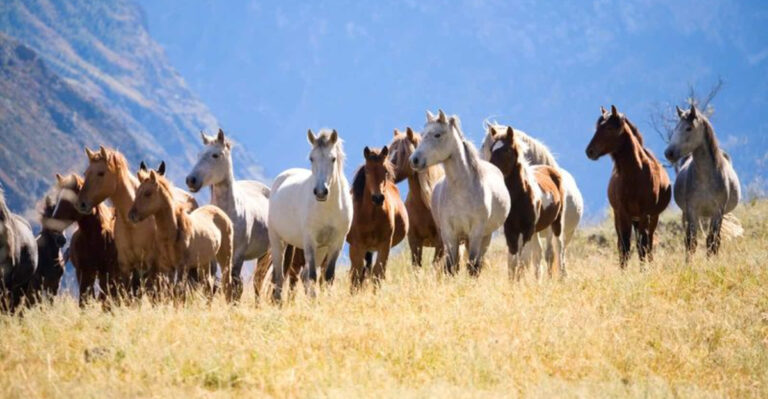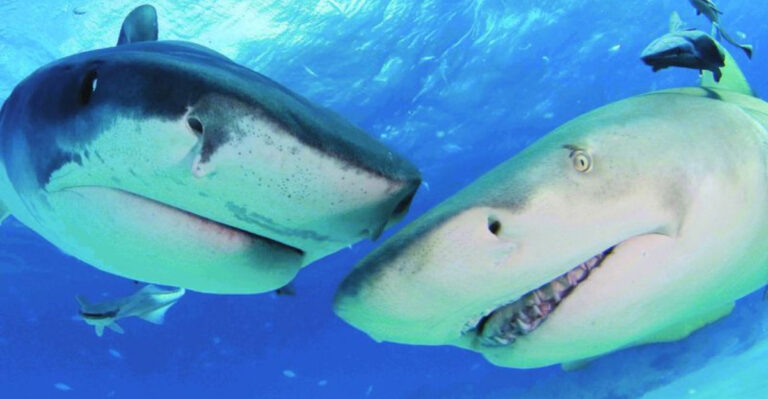What The Mylodon Reveals About Lost Species And Ancient Habitats

Imagine stumbling upon the remains of a giant ground sloth that walked Earth thousands of years ago! The Mylodon, a car-sized prehistoric beast with massive claws and shaggy fur, has left behind fascinating clues about our planet’s past. These incredible fossils tell us not just about this ancient creature, but about entire lost worlds and how dramatically our planet has changed over time.
The Discovery That Changed Everything
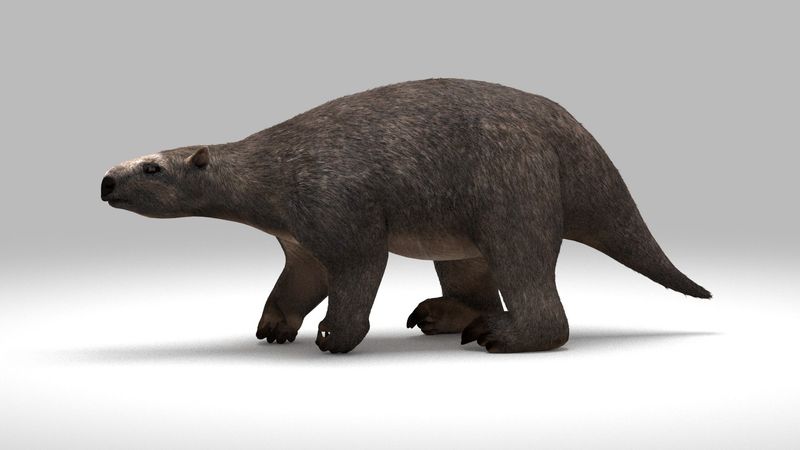
Locked away in Patagonian ice caves lay a scientific goldmine nobody expected. When explorers found preserved Mylodon skin and dung in 1895, it rewrote our understanding of when these creatures went extinct.
Scientists initially thought these remains might belong to animals that had died just centuries ago, not millennia!
What Fossils Tell Us About Prehistoric Life

Ever wonder how scientists piece together ancient puzzles? Mylodon fossils act like time capsules, preserving details about muscle attachments, bone density, and even fur patterns.
Unlike dinosaurs known only from mineralized bones, some Mylodon remains include actual skin, hair, and tissue – allowing unprecedented glimpses into how these creatures actually looked.
How The Mylodon Survived In Harsh Environments

Picture a shaggy beast trudging through snow-covered plains! The Mylodon’s thick fur coat – remarkably preserved in some specimens – reveals special adaptations for cold climates.
Its massive body size also helped maintain heat, while its specialized diet allowed it to extract nutrition from tough vegetation that other animals couldn’t digest.
Clues Hidden In Ancient Cave Remains
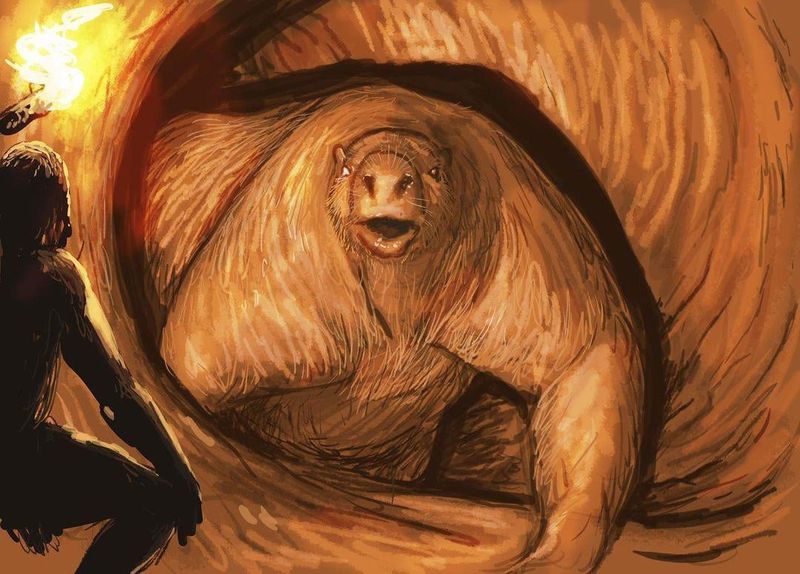
Beneath layers of soil and time, caves tell secret stories of ancient life. The famous Cueva del Milodón in Chile houses not just bones, but fossilized dung containing plant fragments and pollen.
These tiny time capsules reveal exactly what plants grew in the region thousands of years ago, painting a picture of environments long vanished.
The Mystery Of The Mylodon’s Diet
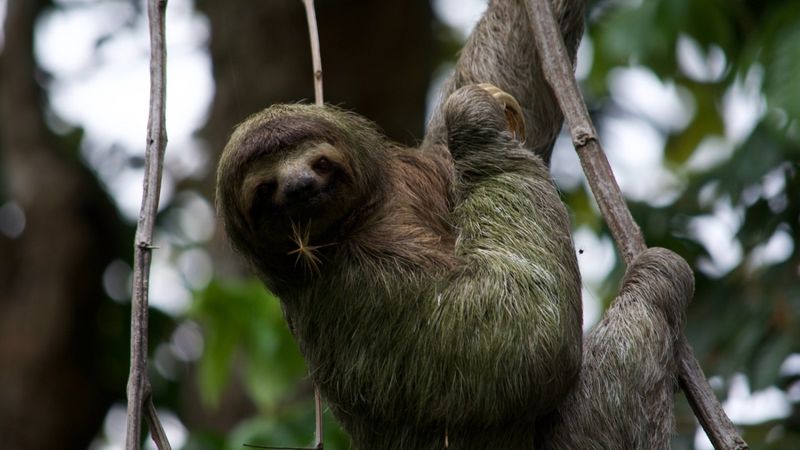
Frozen dung holds surprising secrets!
Scientists analyzing Mylodon coprolites (fossil poop) discovered these giants weren’t the pure vegetarians we once thought. Microscopic analysis revealed bone fragments and animal protein in their diet, suggesting they occasionally scavenged meat – completely changing our understanding of their ecological role.
Connections To Other Giant Ground Sloths
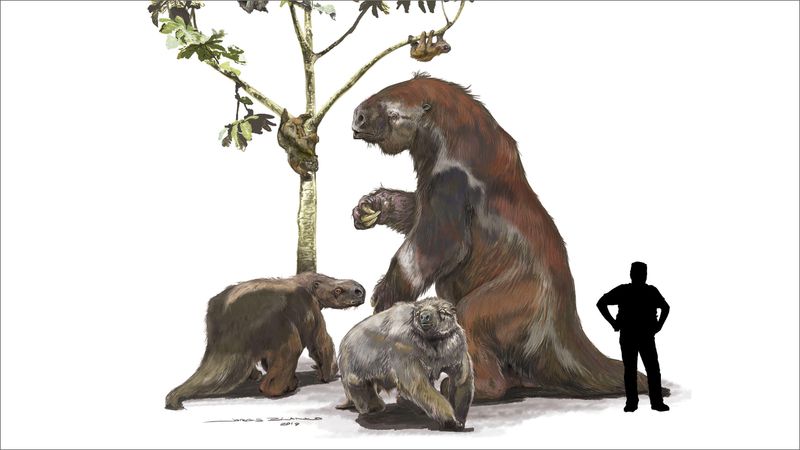
Family reunions would’ve been massive if Mylodon invited its relatives! The Mylodon belongs to a diverse family tree including the elephant-sized Megatherium and the North American Nothrotheriops.
By comparing their anatomical features, scientists track how these creatures evolved differently across continents, adapting to local environments while maintaining core sloth characteristics.
What Its Teeth Reveal About Evolution
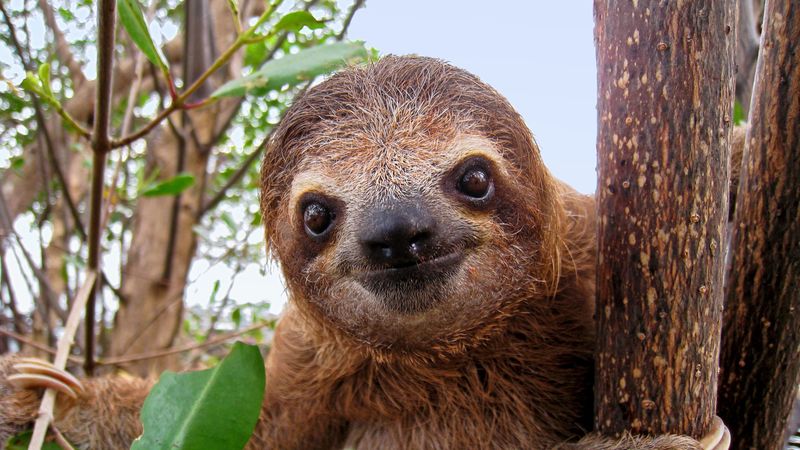
Toothy grins tell evolutionary tales! Unlike most mammals with varied tooth types, Mylodon had simple, peg-like teeth lacking enamel.
This unique dental arrangement evolved specifically for their plant-heavy diet, showing how natural selection can drastically modify body parts over time. Their teeth continuously grew throughout their lives – just like modern sloths!
Tracing The Mylodon’s Extinction Timeline
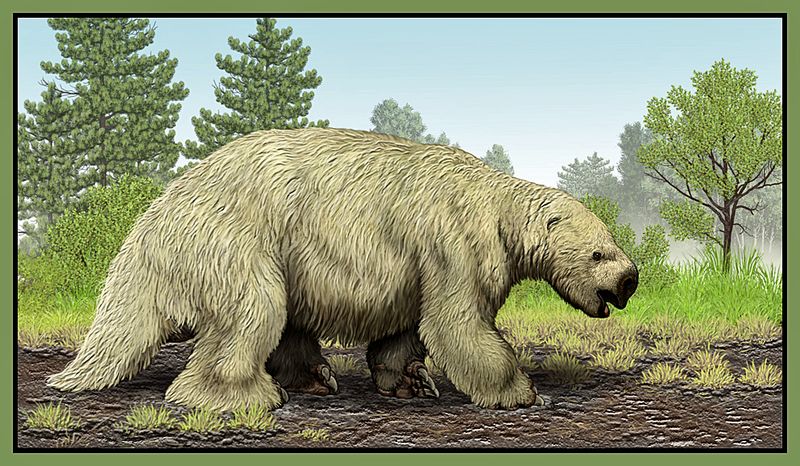
The final chapter of Mylodon’s story coincides with two major events. Radiocarbon dating places their disappearance around 10,000 years ago – precisely when humans were expanding across South America and global climate was warming after the last ice age.
This timing raises fascinating questions about whether climate change, human hunting, or a combination led to their demise.
How The Mylodon Shaped Our Understanding Of Ice Age Fauna
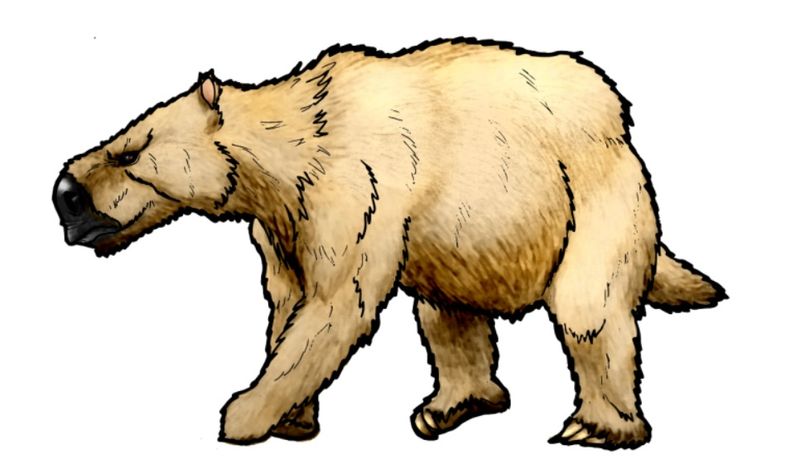
Before the Mylodon discoveries, our picture of Ice Age animals was incomplete. Well-preserved specimens challenged existing theories about megafauna diversity in South America.
Scientists realized the continent hosted unique evolutionary paths separate from North American and Eurasian ice age creatures, revolutionizing our understanding of how geography shapes evolution.
Human Interaction With The Mylodon
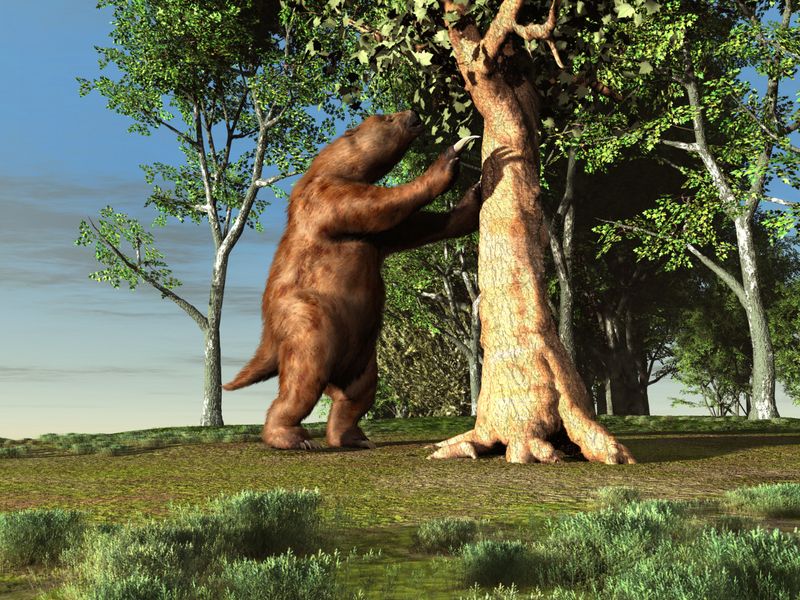
Ancient cave paintings tell an extraordinary story of coexistence. Human artifacts found alongside Mylodon remains confirm our ancestors encountered these giant beasts.
Cut marks on some bones suggest hunting, while preserved Mylodon skin with apparent tool marks hints at possible use of their hides for shelter or clothing by early Patagonian peoples.
Why The Mylodon Thrived In Patagonia
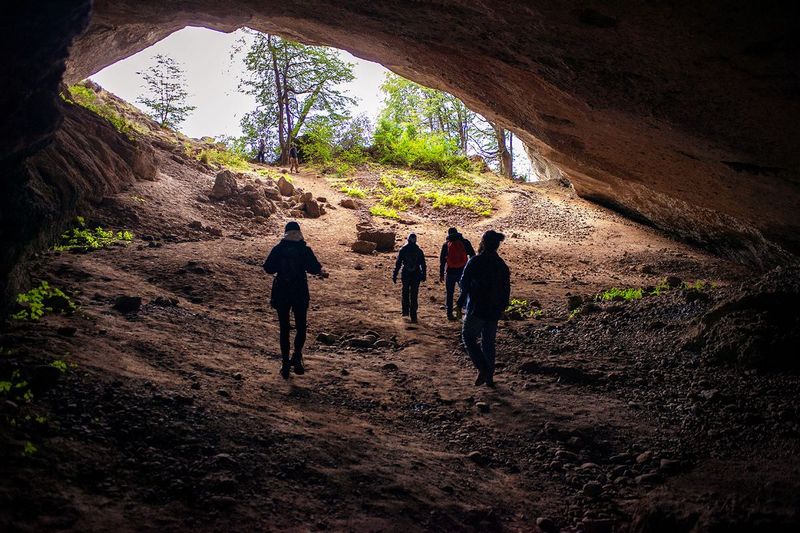
Patagonia offered the perfect playground for these prehistoric giants. The region’s unique mix of grasslands, woodlands, and mountain foothills provided diverse food sources.
Natural caves offered shelter from harsh weather and predators, explaining why so many specimens have been found in these protective environments, perfectly preserved for thousands of years.
Evidence Of Changing Ecosystems Over Time
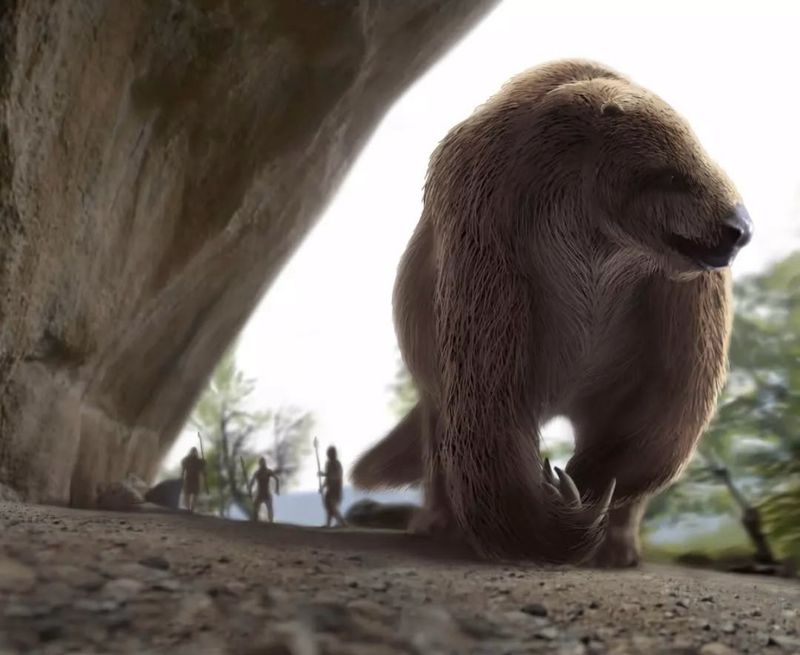
Time-traveling through dirt layers reveals dramatic plot twists in Earth’s story!
Sediment surrounding Mylodon fossils contains pollen from plants that no longer grow in those regions. Analysis shows Patagonia transformed from woodland-grassland mosaics to more arid environments, demonstrating how drastically ecosystems can shift with climate change.
Lessons From The Mylodon’s Adaptations

Built like a tank but gentle as a lamb – what a contradiction! Despite massive claws that could tear through soil and vegetation, Mylodons were mostly peaceful plant-eaters.
Their body design – combining defensive features like thick skin with specialized digestion – teaches us how evolution often creates unexpected combinations of traits in response to environmental challenges.
What This Prehistoric Giant Still Teaches Us Today

Ancient giants whisper warnings about our modern world. The Mylodon’s relatively recent extinction serves as a powerful case study for conservation biologists.
By understanding how these specialized creatures responded to climate shifts and human pressure, we gain insights into how today’s specialized species might fare against similar threats.



